Rett Syndrome is a genetic neurodevelopmental disorder that occurs mainly in girls. It usually starts to show symptoms between 6 and 18 months. The disease is usually caused by a mutation in the MECP2 gene. Rett Syndrome is a rare disorder and usually occurs in one in 10,000 to 15,000 births.
What are the Symptoms of Rett Syndrome?
Orthopedic symptoms of Rett Syndrome may include scoliosis (curvature of the spine), hip dysplasia, joint contractures (joint restriction), flat feet and gait disorders.
How can parents recognize it?
Parents should consult a doctor if they notice signs of regression (loss of previously acquired skills), stereotypical behaviors such as hand washing and repetitive hand movements, gait disturbances and other symptoms in their child.
Do they have a type?
There are several phenotypic variations of Rett Syndrome but typically patients have similar symptoms.
What is Rett Syndrome Treatment?
Treatment of Rett Syndrome focuses on symptom management. Methods such as physical therapy and rehabilitation programs, symptom control with medication and supportive therapies can be used.
Do I need supportive devices, therapy?
In Rett Syndrome patients, physical therapy and rehabilitation programs often help manage joint contractures and gait disturbances. Supportive devices may be used, especially if there are significant spinal deformities such as scoliosis or restricted movement.
In which cases and when is surgery performed?
Surgical intervention may be necessary in patients with Rett Syndrome, especially in cases of severe spinal deformities such as scoliosis or hip dysplasia. Surgery is usually considered for symptom control or to improve quality of life.
What you need to know about Rett Syndrome
Rett Syndrome is a genetic neurodevelopmental disorder and requires a multidisciplinary approach. With early diagnosis and appropriate treatment, it is possible to manage symptoms and improve the patient’s quality of life.

